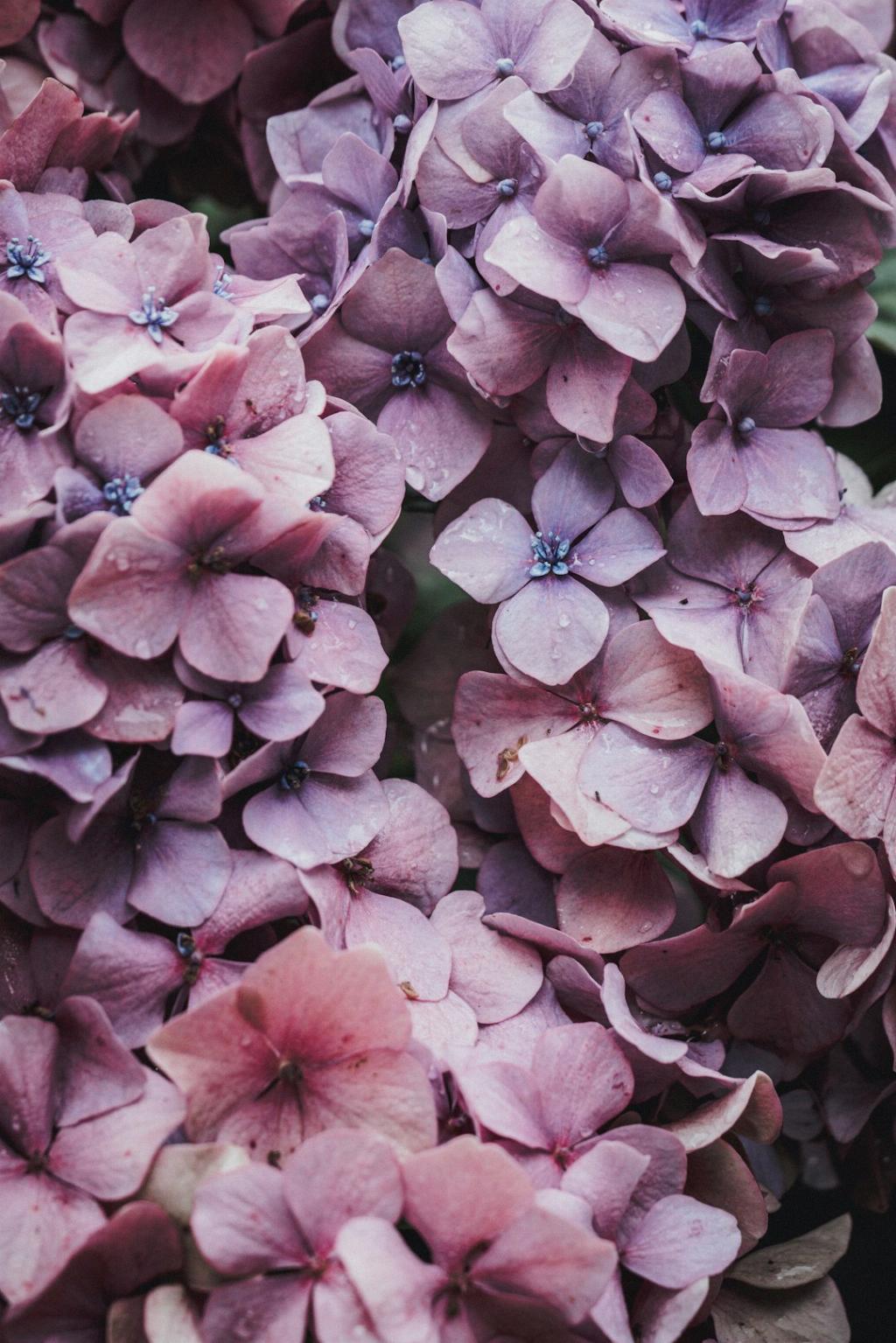Transplanting lilac bushes can be a daunting task for any gardener, but knowing the best time to do so can make all the difference in the success of the transplant. When it comes to lilacs, timing is key in ensuring the plant’s health and survival post-transplant.
Experts generally agree that the best time to transplant lilac bushes is before they leaf out, typically in late winter when the plant is dormant. This is the period when the bush is less likely to experience transplant shock, as it is not actively growing and will have an easier time settling into its new location.
While late winter is considered the ideal time for lilac transplantation, it is important to note that these plants are somewhat tolerant of being moved at less-than-ideal times. Lilacs have a reputation for being hardy and resilient, which means that with proper care, they can adapt to new environments even if transplanted during other seasons.
The University of British Columbia Botanical Garden discussion forum also recommends transplanting lilacs during their dormancy period. This aligns with the general consensus among horticulturists and experienced gardeners that moving lilac bushes when they are not actively growing is beneficial for their overall health.
For those who may have missed the window of opportunity in late winter, early spring can also be a suitable time to transplant lilacs. As the plant begins to break dormancy and new growth appears, it is still possible to move the bush with care to minimize the risk of transplant shock.
Another possible timeframe for lilac transplantation is in the fall, after the plant has finished flowering and before the onset of winter. This period allows the lilac to establish its roots in its new location before the harsh winter conditions set in, promoting better survival rates.
It is crucial to prepare the lilac bush for transplanting regardless of the season. This includes pruning the plant to reduce stress on its root system, digging a sufficient hole at the new location, and ensuring that the soil is well-drained and nutrient-rich to support the lilac’s growth.
When transplanting a lilac bush, it is important to handle the plant with care to avoid damaging its roots or branches. Gentle handling and proper lifting techniques can help minimize stress on the plant and increase its chances of thriving in its new environment.
After transplanting the lilac, it is essential to water the plant thoroughly to help it establish its roots in the new location. Providing adequate moisture and ongoing care in the form of fertilization and pruning will support the lilac’s growth and ensure its long-term health.
Observing the lilac bush closely after transplantation is key to identifying any signs of stress or disease. Monitoring the plant’s growth, foliage, and overall condition will help you address any issues promptly and ensure that the lilac continues to thrive in its new home.
In conclusion, while the best time to transplant lilac bushes is generally before they leaf out in late winter, these hardy plants can adapt to being moved at other times of the year with proper care. By following the recommended practices for lilac transplantation and providing adequate post-transplant care, you can successfully relocate these beautiful shrubs and enjoy their fragrant blooms in a new garden setting.

